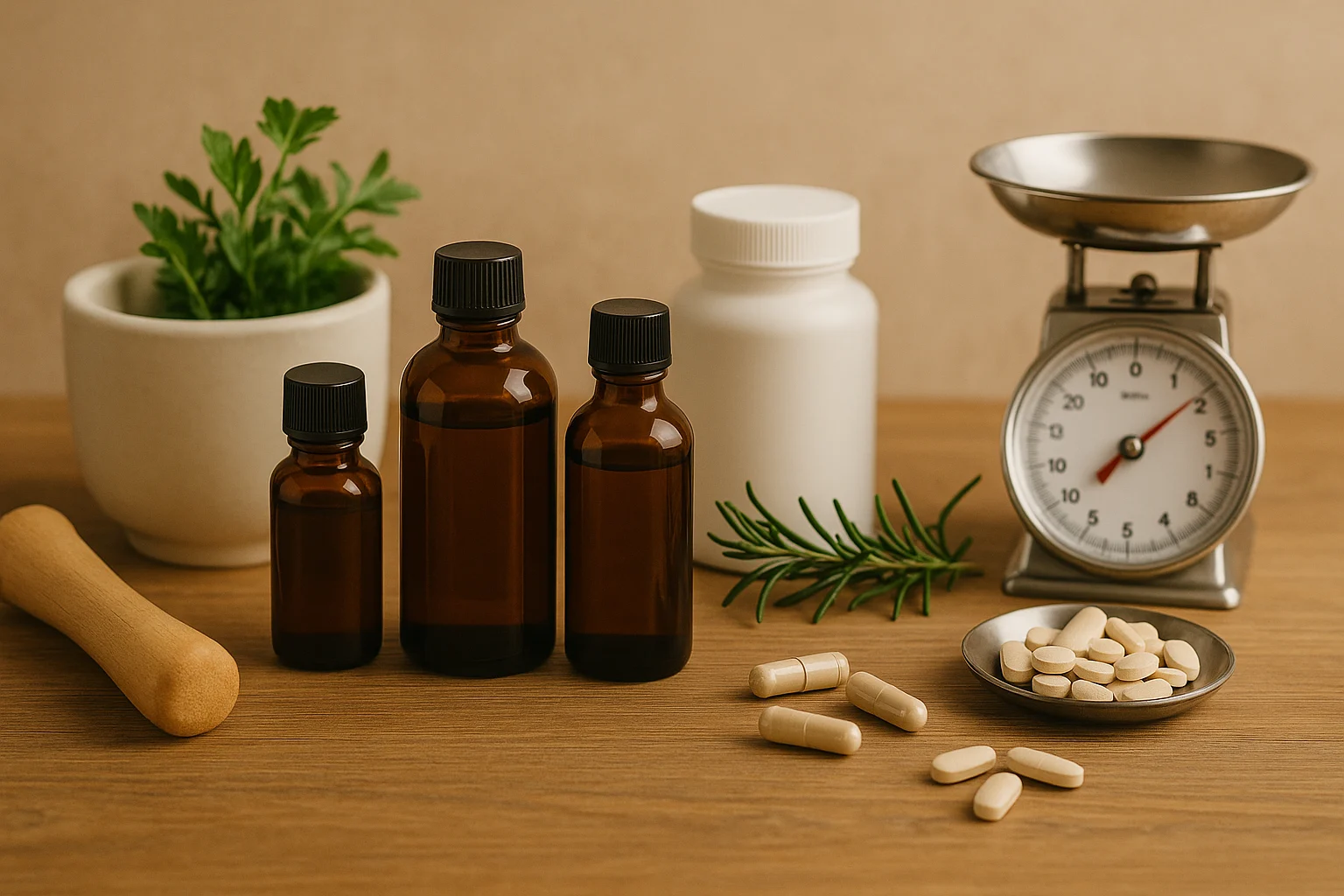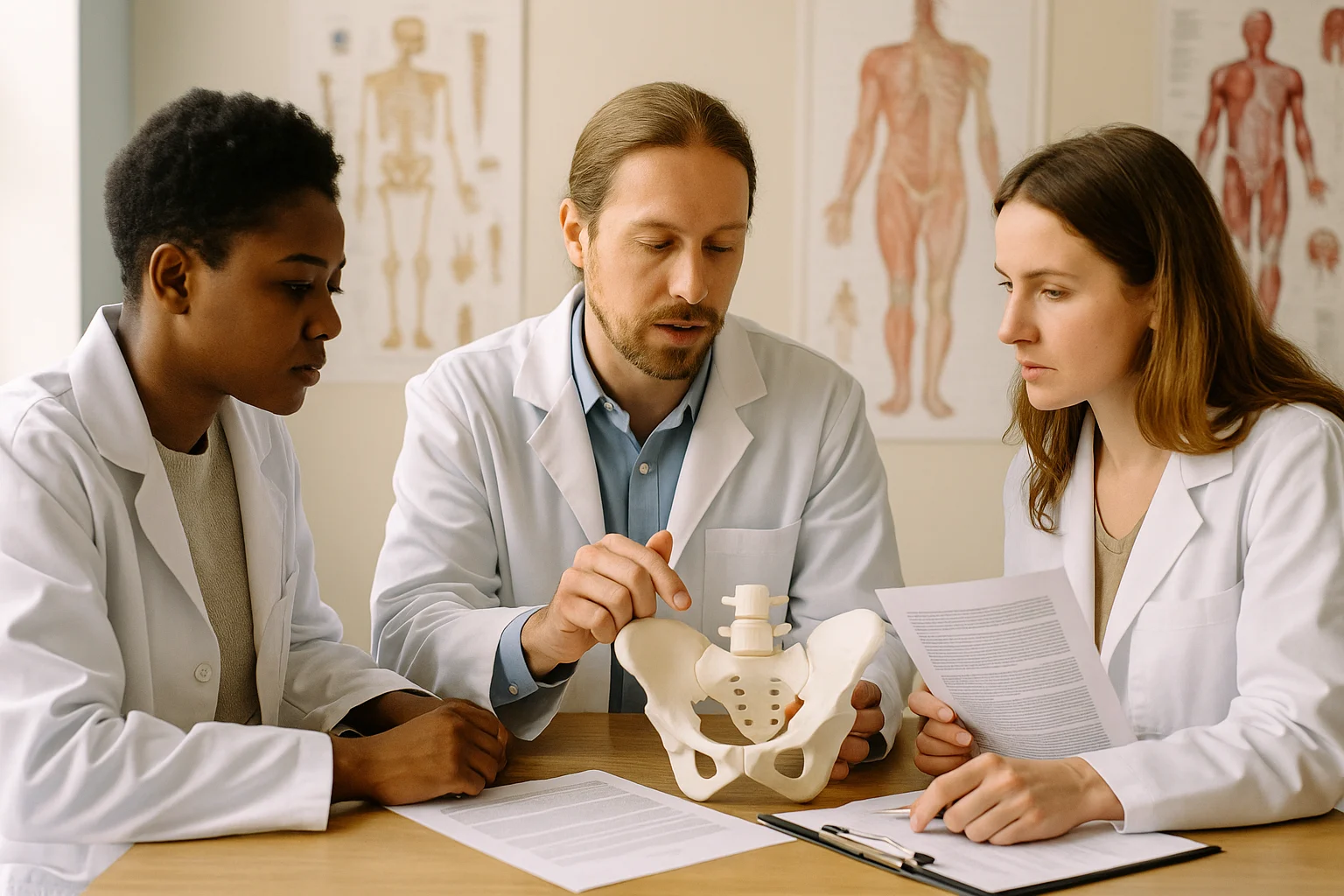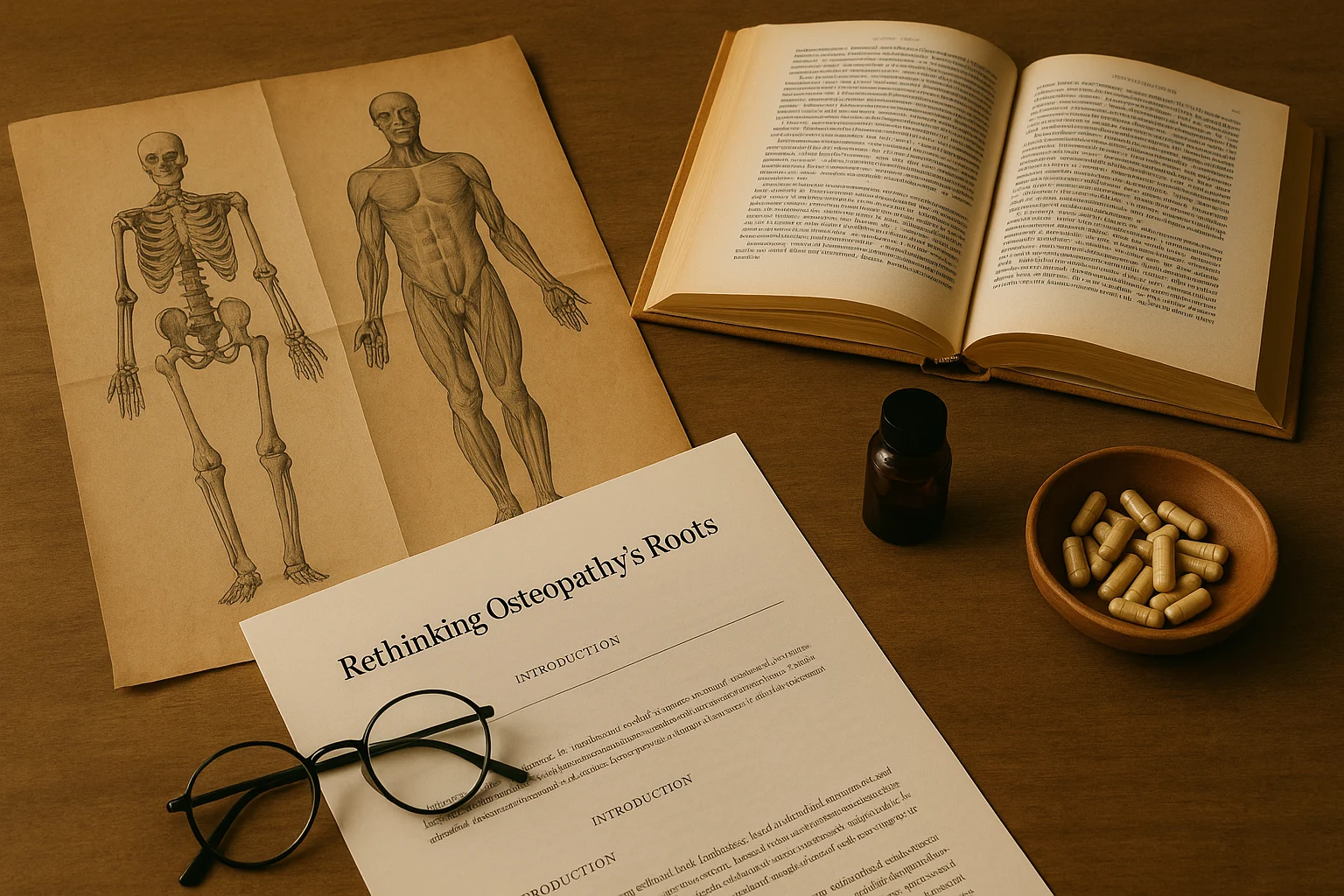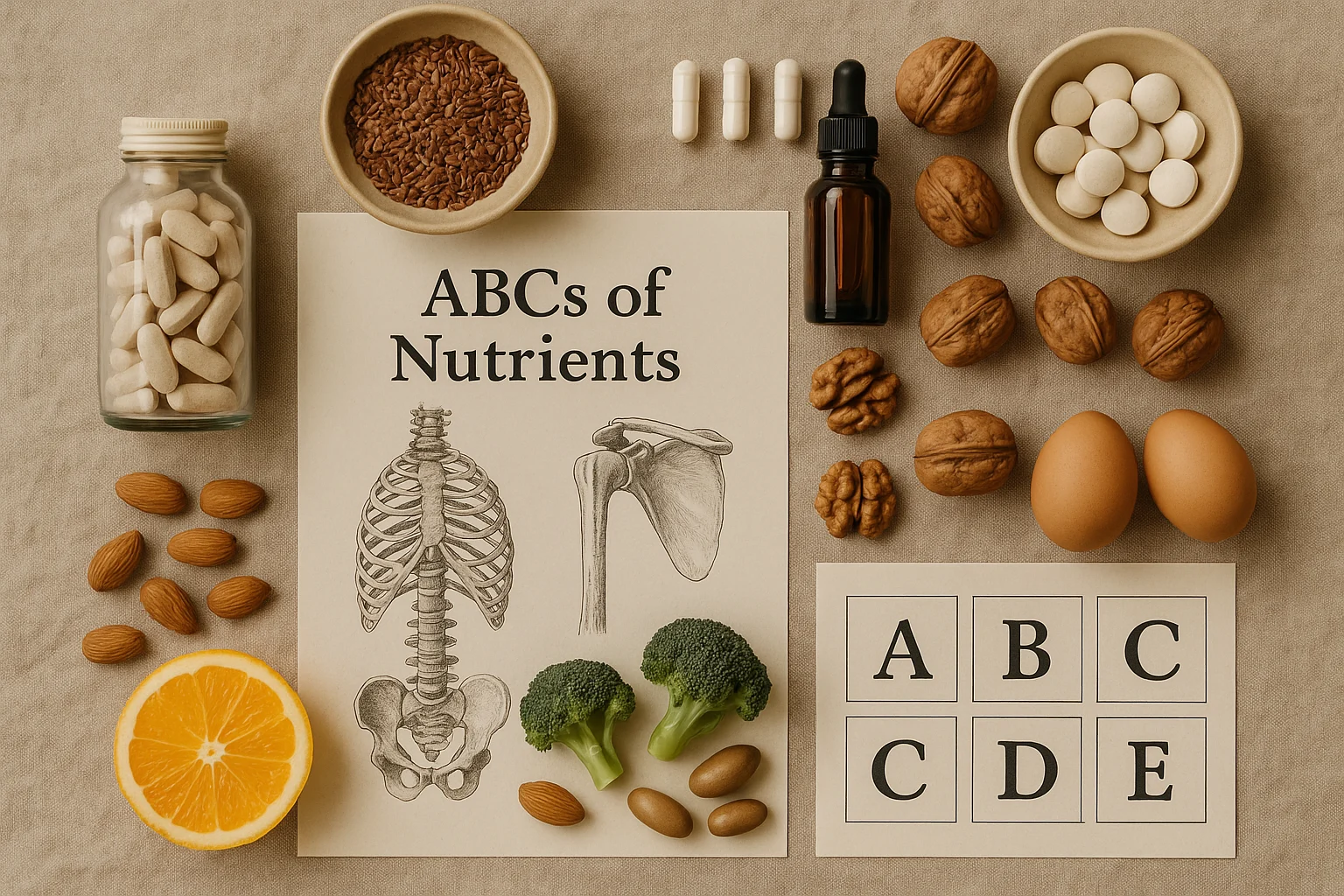Manual osteopaths practice a discipline born of palpation, precision, and reverence for the body’s innate ability to heal. We decompress, balance, and reposition, not to impose change, but to make space for it. Yet even the most elegant correction can falter if the internal environment is not primed to support it. Tissue chemistry must cooperate. Inflammation must subside. Healing must be nourished.
What many modern practitioners may not realize is that this insight is not new. Dr. Andrew Taylor Still, the founder of osteopathy, consistently referenced the healing power of plants. He saw the body as a living pharmacy and considered the intelligent application of nature’s materia medica as central, not peripheral, to true osteopathic care. In his early work, botanical extracts were used not in opposition to manipulation, but in concert with it. That thread, somewhere along the professional evolution of the field, was lost.
It is time we reclaim it.
In my view, the integration of botanical medicine into manual osteopathy is not a novelty. It is the missing link. The gamechanger. The unspoken variable that explains why certain corrections hold and others slip, why certain tissues release and others resist. When we address structure without considering the terrain, we risk chasing symptoms. But when we match our palpation with plant-based chemistry—especially through transdermal delivery—we shift from correction to restoration. That restoration begins with knowing which tissues speak which language.
Primary Botanicals by Tissue Type
For muscle and tendon dysfunction, where the primary issue is pain, rigidity, or postural overload, Arnica is the primary botanical. It resolves inflammation, clears stagnant blood, and restores vitality to tissue under metabolic duress. Comfrey serves as a secondary support, stimulating cellular repair and restoring suppleness, while St. John’s Wort enters tertiarily when nerve involvement contributes to guarding or irritability.
When the problem is ligament laxity, joint instability, or post-trauma healing, Comfrey becomes the primary botanical. Its action on connective tissue proliferation and mineralization speaks directly to what ligaments and bones require for true recovery. Arnica again plays a secondary role, managing the microinflammation that surrounds these lesions. St. John’s Wort, when needed, supports the nerves entangled within these joint complexes.
In cases of neuropathy or radicular pain, it is St. John’s Wort that takes the lead as the primary botanical, offering a deeply calming, anti-inflammatory effect on irritated nerves. Arnica then plays a secondary role by opening circulation and supporting the soft tissue environment around the nerve. Comfrey becomes the tertiary, reserved for cases where nerve entrapment is complicated by ligamentous stiffness or fascial thickness.
The Application and Integration
Each of these formulas is delivered trans-dermally in a proprietary blend of DMSO and purified water, calibrated for depth, sensitivity, and target tissue. The application is guided by what the body reveals during treatment and continued at home to support the work initiated on the table.
This, I believe, is where the modern manual osteopath evolves—not by trading hands for herbs, but by integrating both. Our lineage demands it, our results confirm it, and our patients benefit from it.
The Complete Arc of Care
Dr. Still believed that nature provided all that was necessary for healing and that the role of the practitioner was to remove obstruction, restore flow, and support the body’s pharmacy. Manual therapy removes the obstruction. Botanical medicine provides the support.
Together, they form the complete arc of care.
The missing link is not missing; it has simply been forgotten. It is time to bring it back—bottled and ready to reinforce the hands that heal.








